Talking to Camera - 5 ways to come across more natural on camera
August 01, 2020
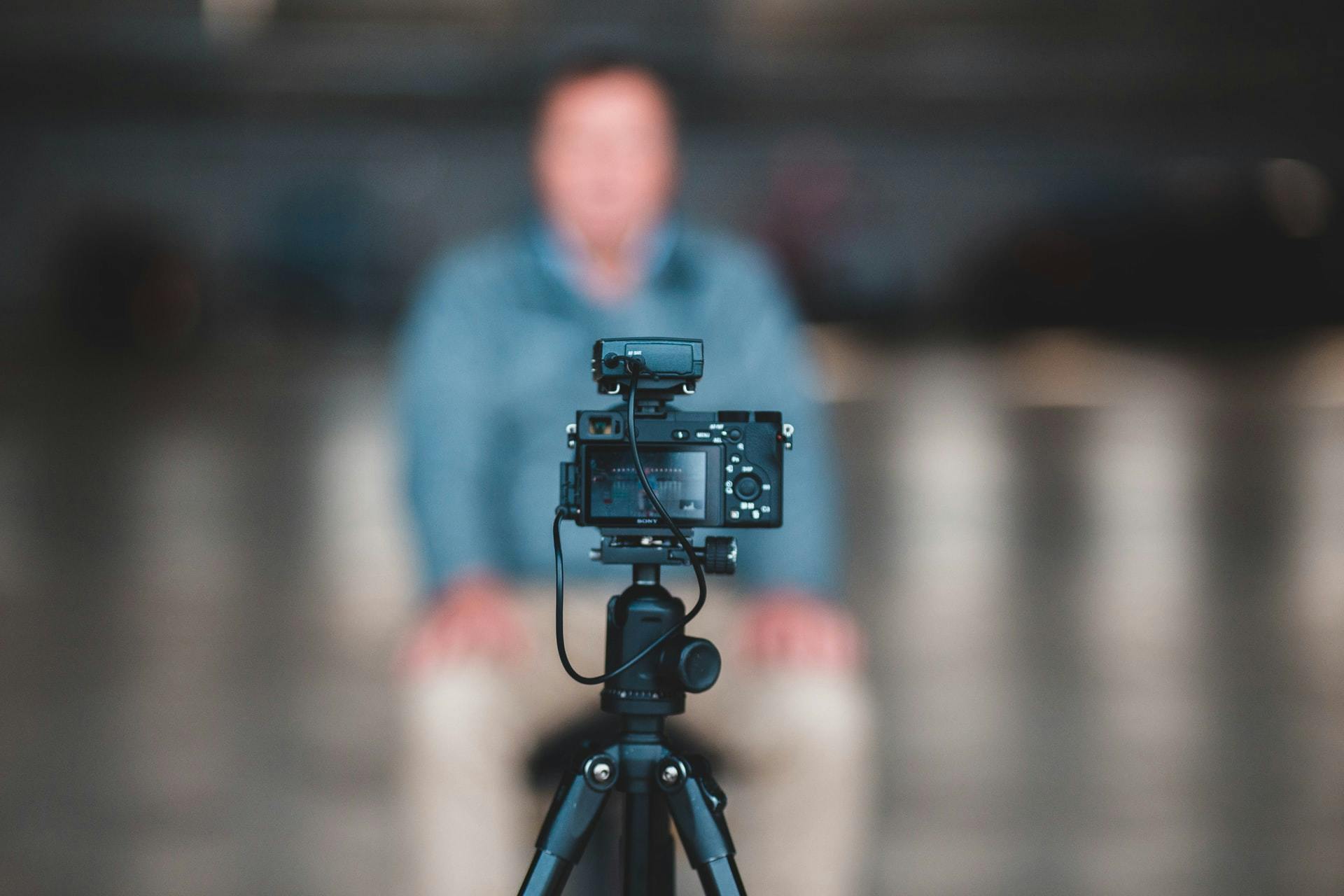
Whether you have decided to talk to camera as part of your brand video, have been asked to present a piece to camera for a testimonial video or would like to try out doing Instagram stories, I have put together 5 tips that will help you come across naturally and professionally on camera.
Finding a comfortable position
Whereas interviews often take place sitting down in order to have a relaxed conversation with the interviewee, most people tend to feel more comfortable standing up when talking to camera. The key thing here is to find a grounded position that you feel comfortable in. A shoulder width stance with relaxed knees and shoulders will help you to avoid swaying from side to side whilst talking.
You will most likely be filmed from the waist upwards (the producer or DOP will let you know how the shot is being framed), so having your hands in front of you will look most natural. I usually recommend to clients to use their hands to emphasize certain points if this is something they tend to do when in conversation with someone, rather than trying to keep completely still, but to avoid any elaborate hand gestures.
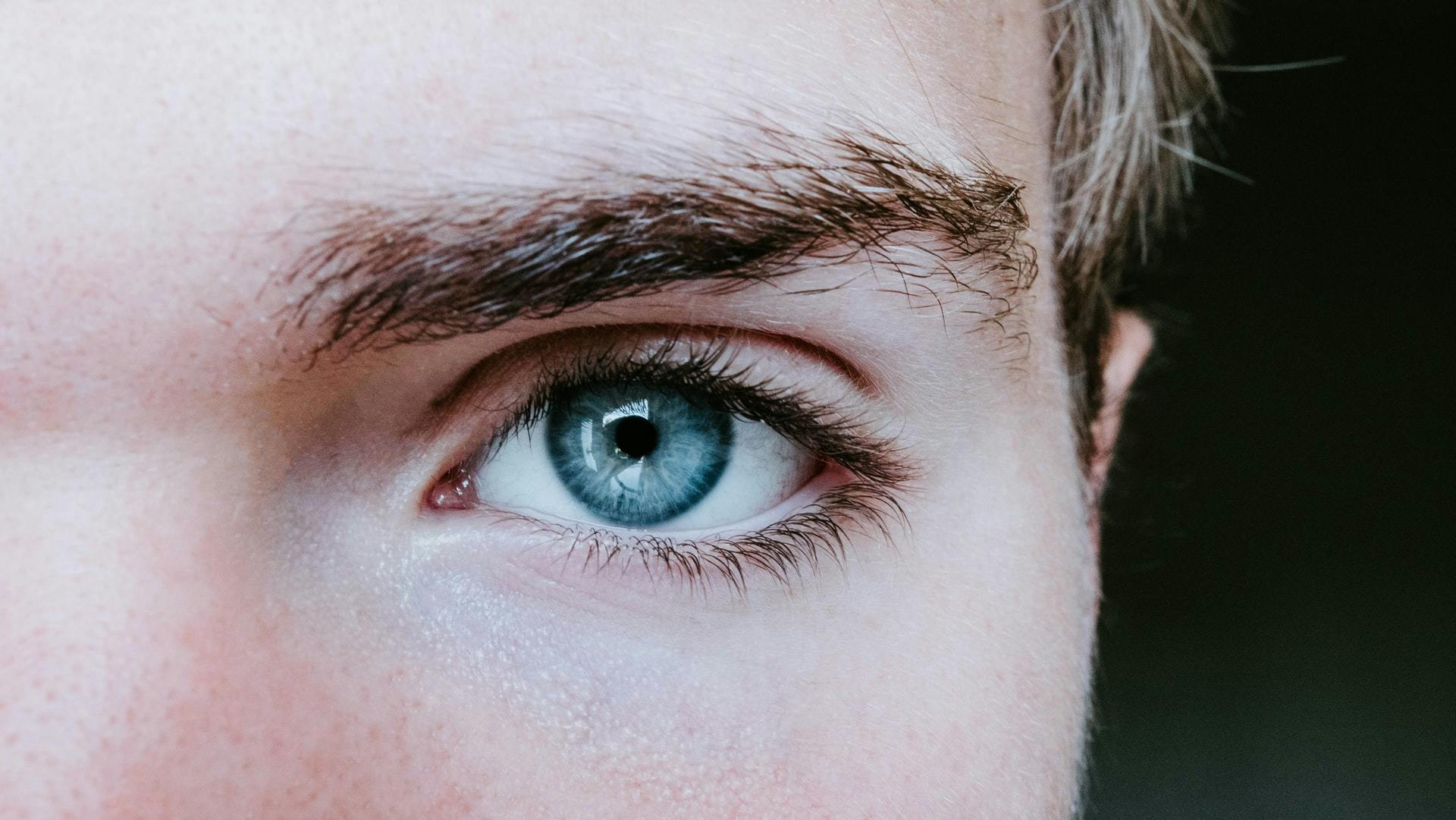
Eyeline
If you are experienced in presenting to a group of people or a large audience you will most likely know that the best way to connect with the whole room is to divide it up into threeparts (left, centre, right) and address them in turn throughout your presentation, rather than than addressing only the people in the middle of the room.
You might have guessed this, but when presenting to camera the exact opposite applies - to connect with your audience it’s best if you look straight down the lens and address the viewer directly. If you’re being filmed by a camera crew you don’t have to worry about the position of the camera but if you are recording yourself for let’s say a vlog or Instagram story, position the camera straight on at head-height so you don’t have to look either up or down at the lens and try to hold the eyeline (look at the camera) whilst talking. It’s natural for your eyes to wander a bit when thinking, trying to recall a story or detail but if you look around too much you could come across as distracted or even worse evasive.
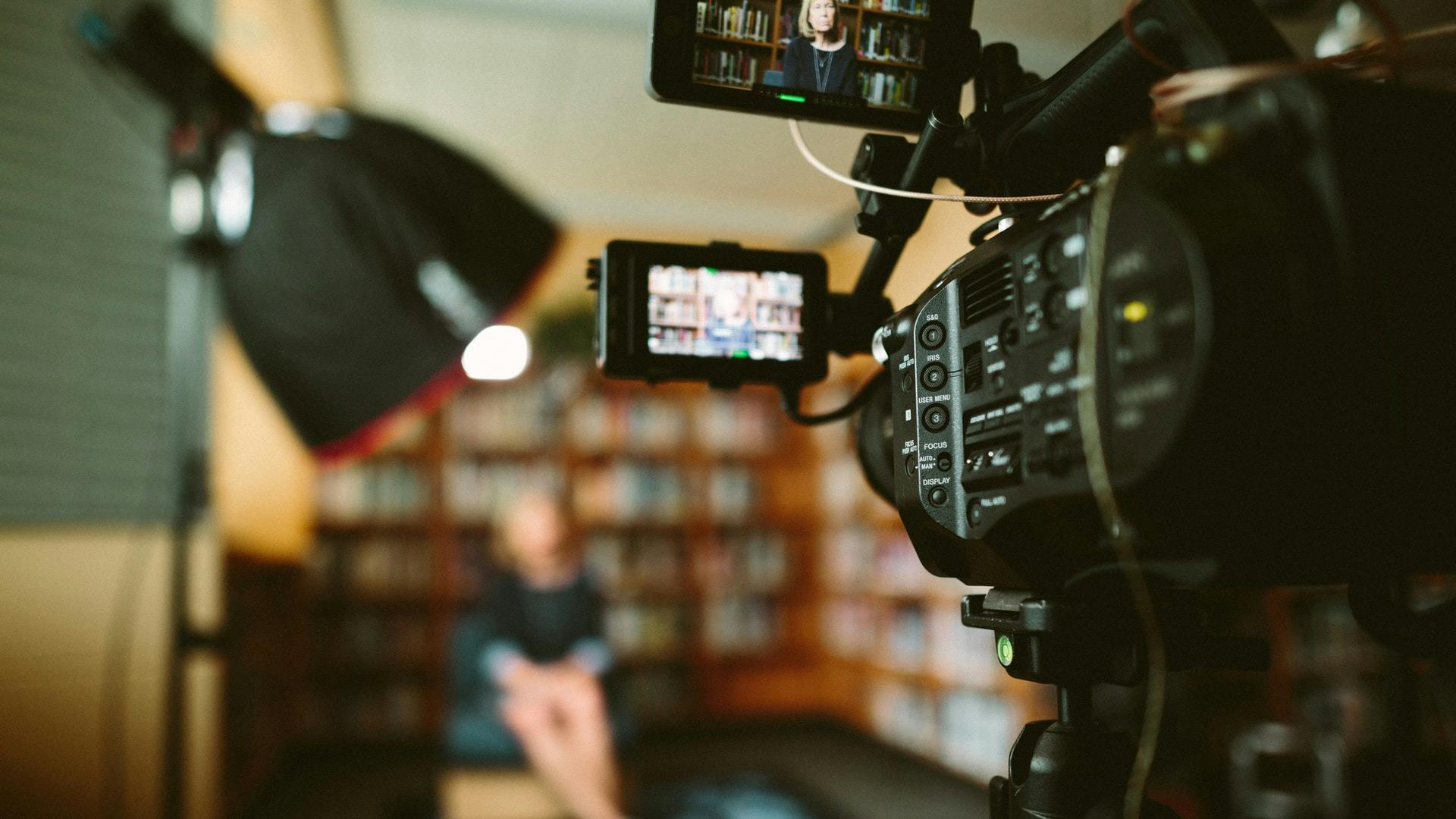
Location and setting up the shot
Be aware of your surroundings. The producer/director usually chooses the backdrop for an interview or piece to camera and the cameraman will light you nicely, so again if you’re working with a professional crew you will not have to worry about any of these technicalities.
However if you would like to do any remote filming at home (particularly at the moment) try to find a quiet space away from children, pets or any other distractions during the time of the recording. I would recommend using a neutral background without any family photos or too many personal items around, otherwise the shot can easily look cluttered.
Avoid filming against a window or a light - always have any light source point at you rather than coming from behind you. If you have a nice big window with lots of natural light coming into the room try to make the most of it. Remember though, you don’t want to be backlit so make sure that you don’t position yourself in front of a window.
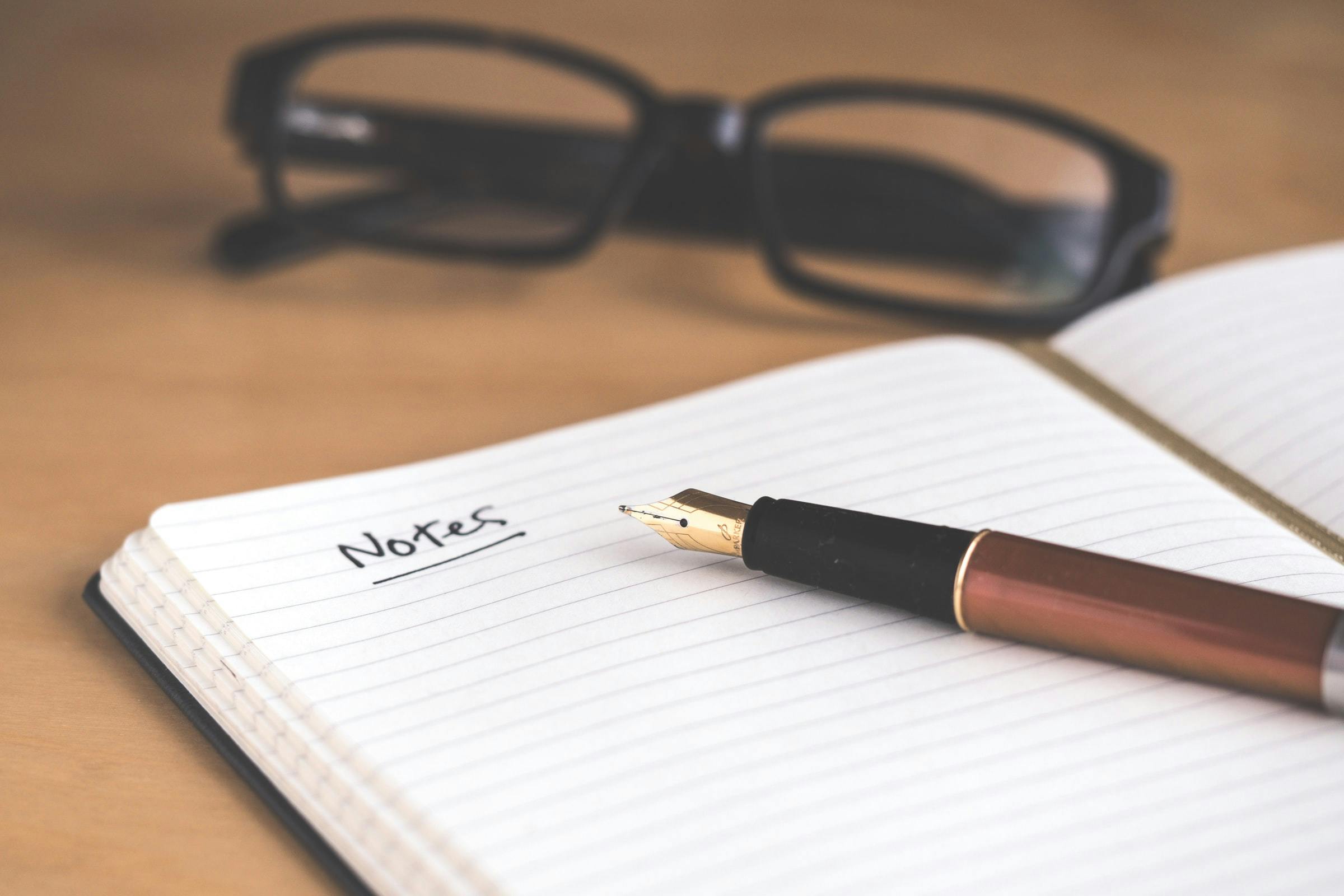
But how do I remember the content?
Sorry to be blunt, but you will get better results by preparing for your piece to camera (or interview) rather than ‘winging it’ on the day. I would highly recommend writing some notes and whilst you might not necessarily need a full script, having at least an outline of what you are going to talk about and the key points you would like to get across will be really helpful.
If I’m recording a piece to camera with a client using a specific script, I usually bring an auto-cue. If you haven’t seen one before it looks similar to this http://tiny.cc/5nbmsz . The camera sits behind a mirror which shows the text from the tablet at the bottom. This way the client will be able to easily read their script whilst looking straight down the lens. Saying that even presenting something using an auto-cue does require practise!
I appreciate that this sort of setup will probably not be an option when doing any filming remotely but alternatively you could use a teleprompter app on a tablet or ipad if you have one and mount it either just underneath or above the camera/your phone. This way your eye line will be slightly off camera but in order to avoid this you could have only a few key words on the tablet and occasionally glance at them in between sentences - so use them as prompts rather than reading a whole script. On these apps you can also adjust the text size and speed which is really handy to pace your presentation. Here is a list of apps for android http://tiny.cc/cnbmsz and IOS https://tinyurl.com/y4oc5dvn .
Another way of doing it is to record the content in chunks rather than in one go and edit them together using other footage, images or on-screen text afterwards. I wouldn’t try to memorise the script word for word as that often doesn’t come across very naturally on camera.
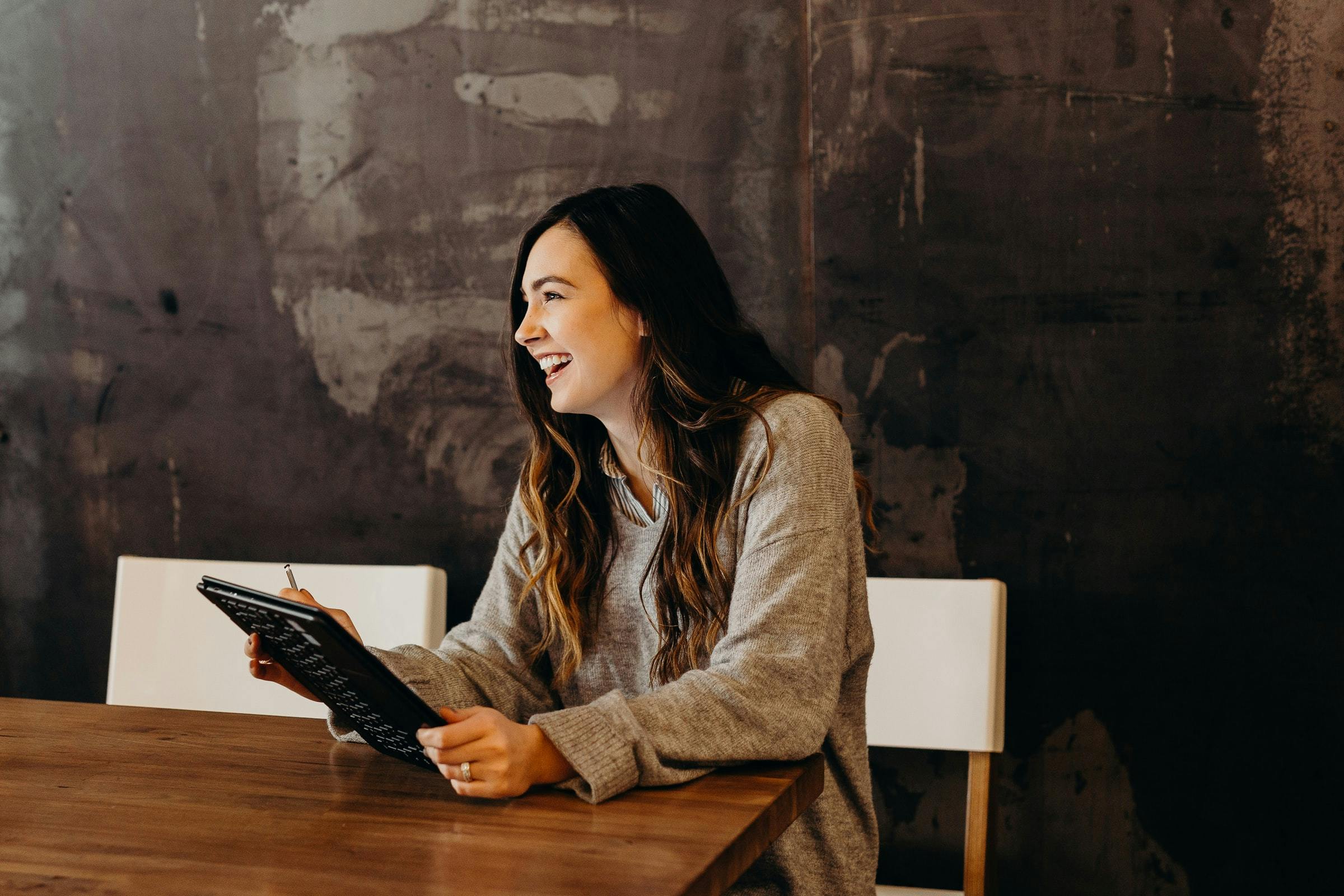
Practise makes perfect
As with anything the more effort, speak practise, you put in the better the outcome will be. This doesn’t only apply to talking to camera but any other presentation you might have to give as part of your job. Practise your material beforehand and make sure that you are familiar with the content. Try and do a few practice runs in front of the mirror so you get a feel for the right intonation and delivery of your script - this will also help to tweak any words as you go along as they might sound good on paper but are actually really hard to pronounce.
The more you say something out loud the more familiar you become with the sound of your own voice - of course we hear ourselves talking all the time but when you’re nervous the pitch of your voice tends to go up, so your voice will sound higher. The more comfortable you get presenting, the more natural you will sound.